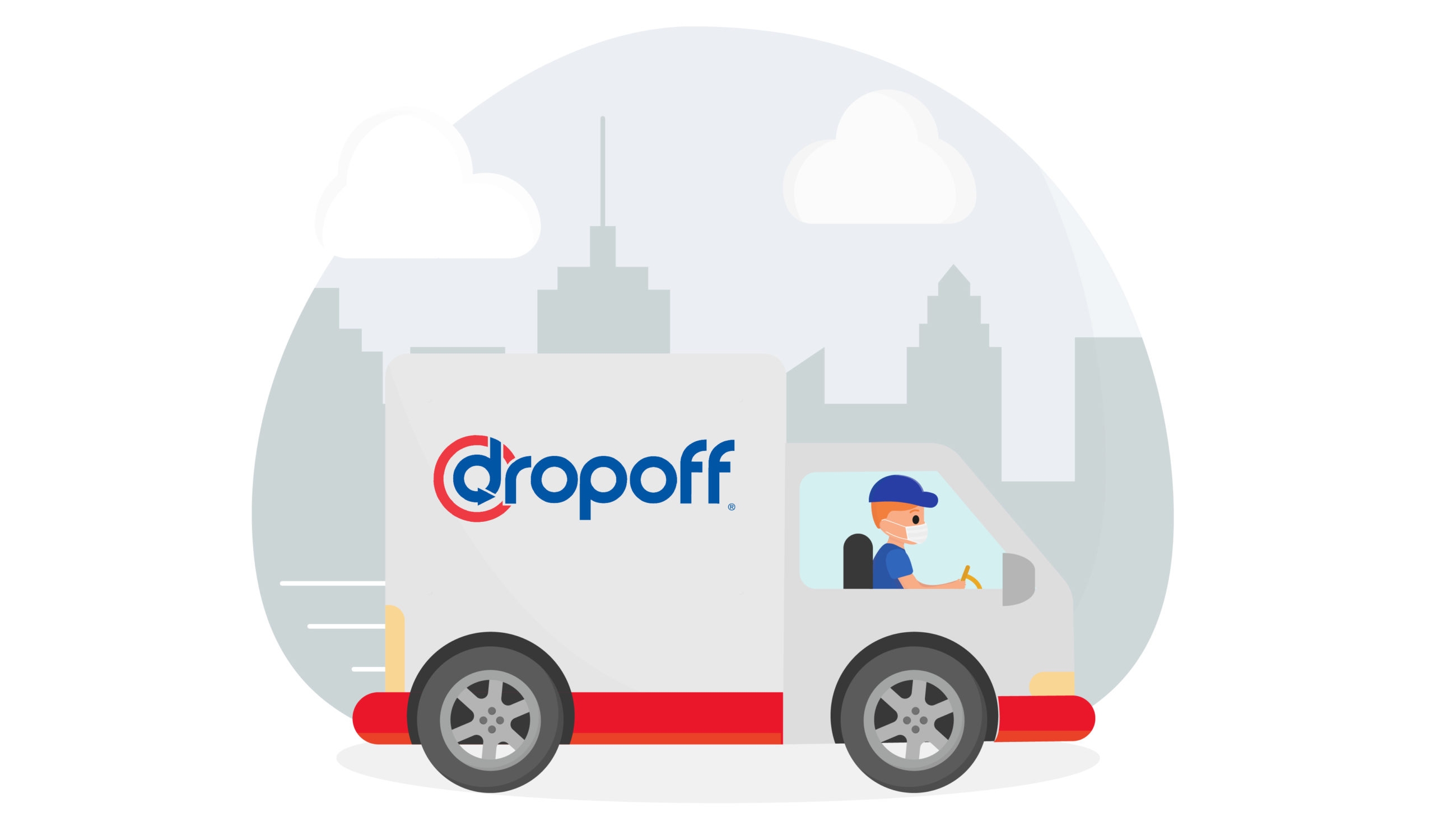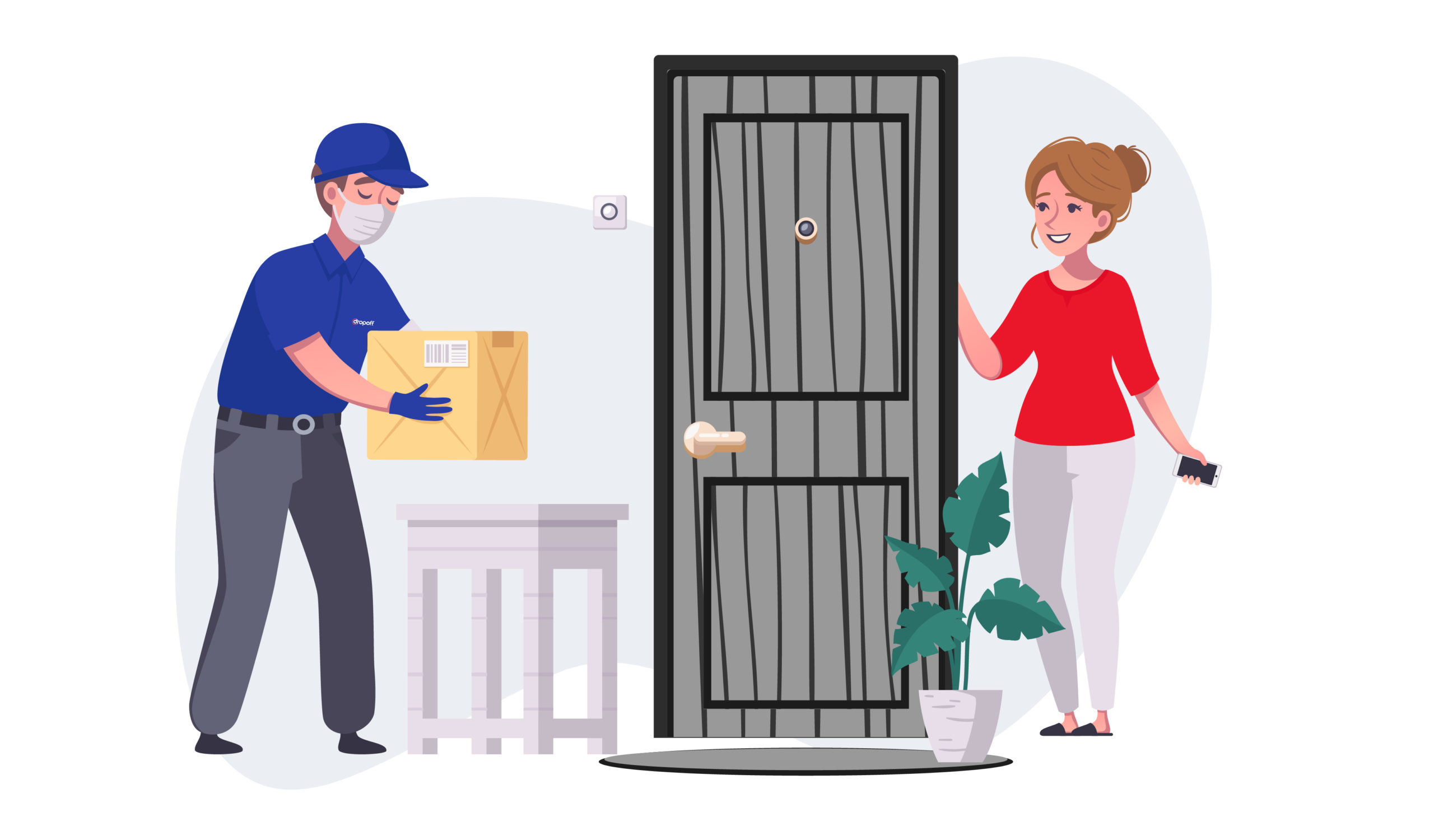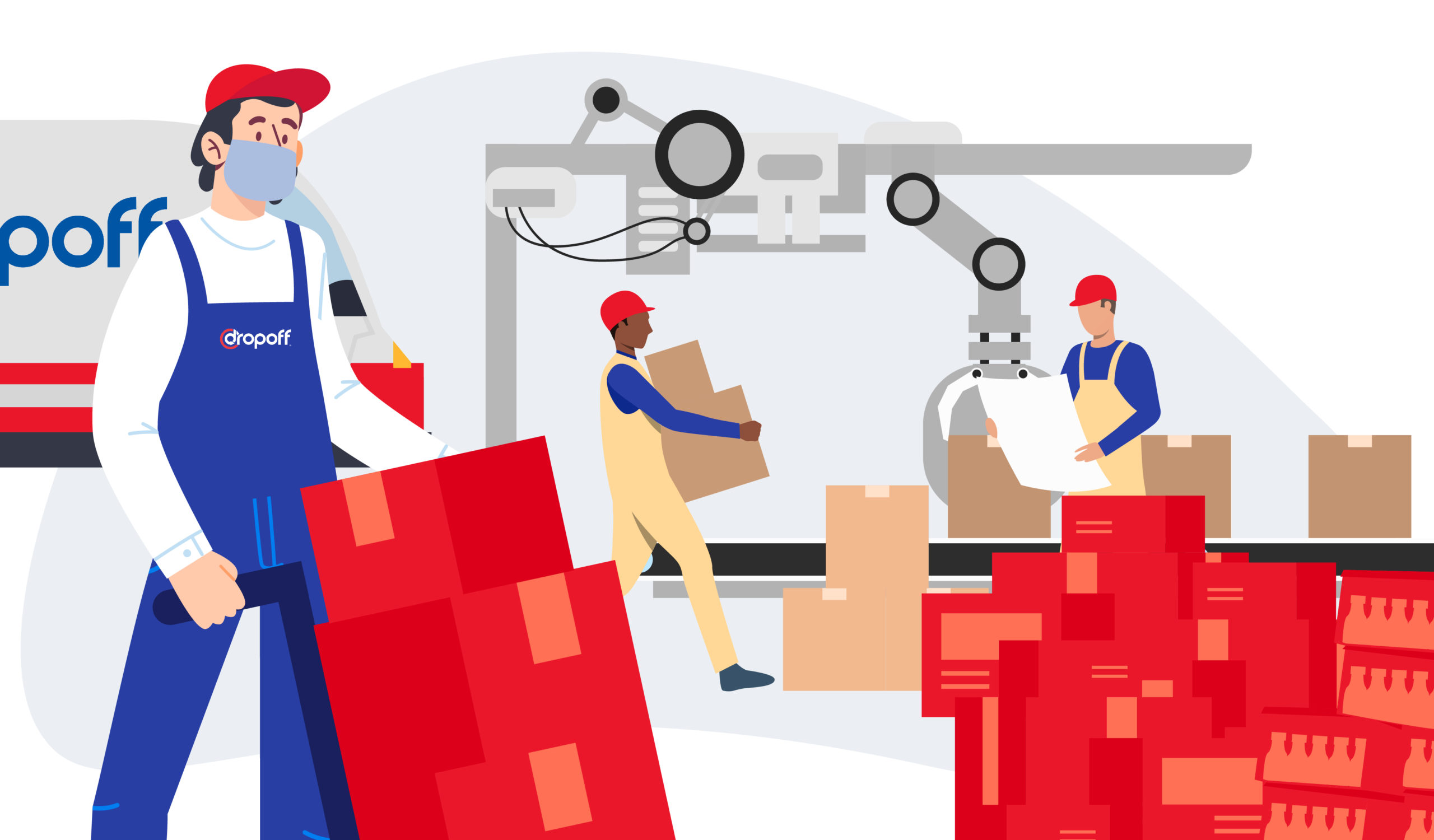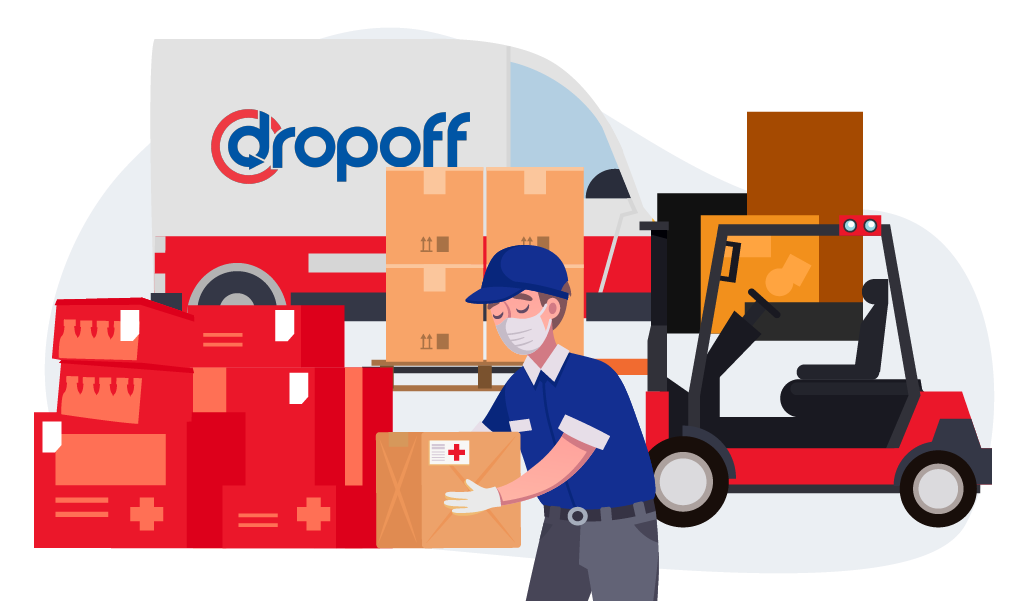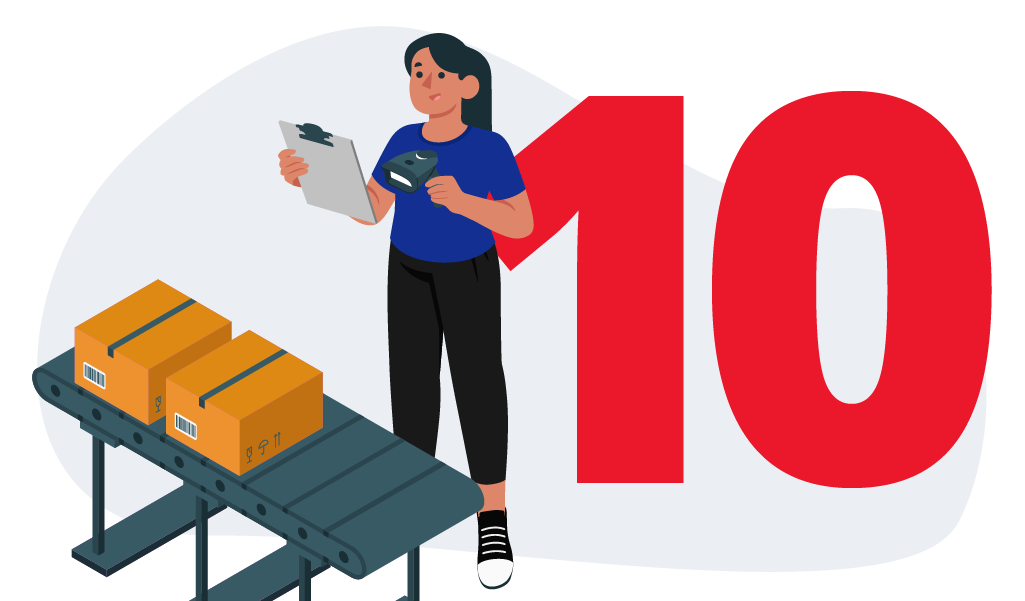What Is Supply Chain Visibility?
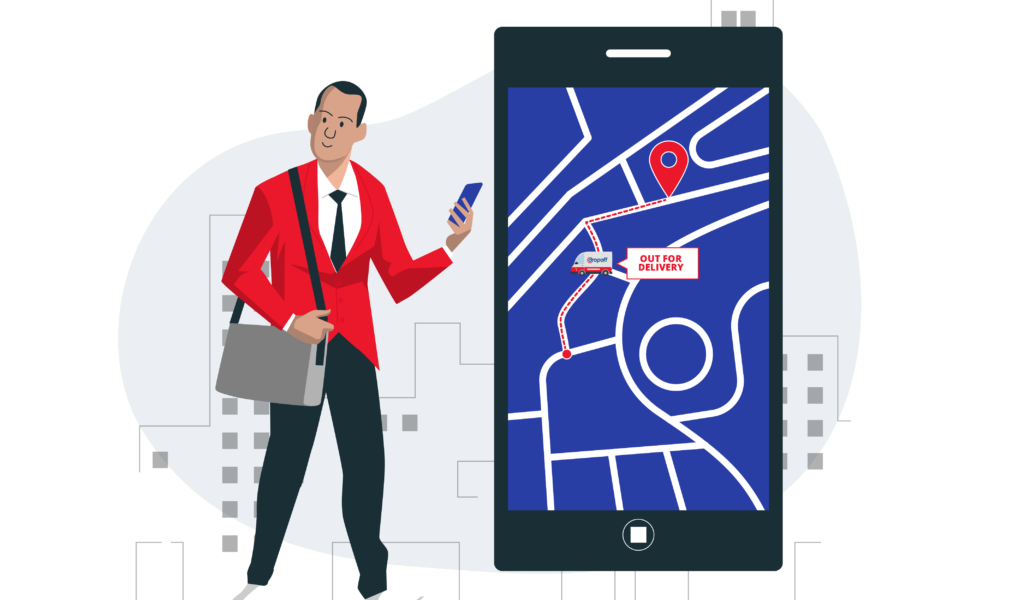
Seeing all sides of your supply chain in real-time is called supply chain visibility. You can do everything from tracking inventory levels to accessing order information. Doing so helps improve your understanding of the whole supply chain.
In this article, we’re taking a closer look at supply chain visibility and its benefits.
What Is Supply Chain Visibility?
Supply chain visibility is the ability to track parts, components, and products as they move from the manufacturer to the final destination.
So what’s the ultimate goal of supply chain visibility?
The goal is to make supply chain data available to everyone, including your customers.
Benefits of Supply Chain Visibility
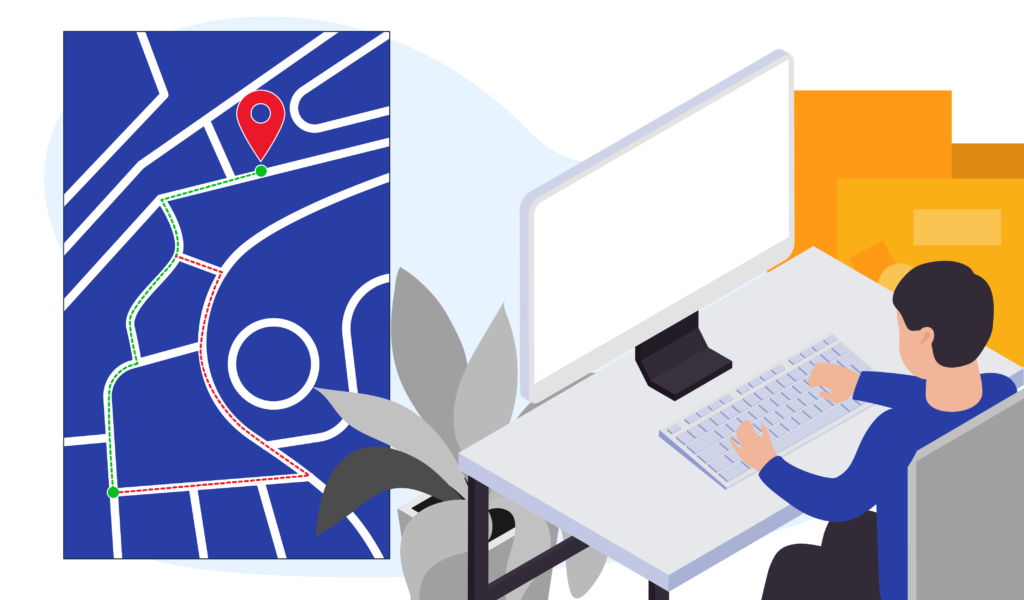
Seeing what happens along your supply chain comes with a lot of benefits.
Here are four of the main benefits of supply chain visibility:
- You can prevent issues in advance
- You have more flexibility to make changes
- You can make faster decisions
- You can meet growing customer demand
1. Prevent Issues in Advance
First and foremost, it helps you prevent issues ahead of time. You get to anticipate roadblocks easily and keep your supply chain running smoothly.
2. Higher Flexibility
Secondly, more visibility allows you to be flexible and make changes quickly to increase productivity, no matter the situation.
3. Faster Decision Making
You also get to make better-informed decisions. Why? Because you’ve got the data and information right in front of you. This goes hand in hand with having more flexibility.
Combine the data with the opinion of an experienced consultant, and you will end up with a successful supply chain.
4. Meet Growing Customer Demand
Your supply chain needs to be able to change and shift quickly to stay ahead of the competition. So having full visibility into different processes will help you figure out how to meet customer demands.
In addition, learn how to manage b2b logistics successfully.
How Real-Time Supply Chain Visibility Works
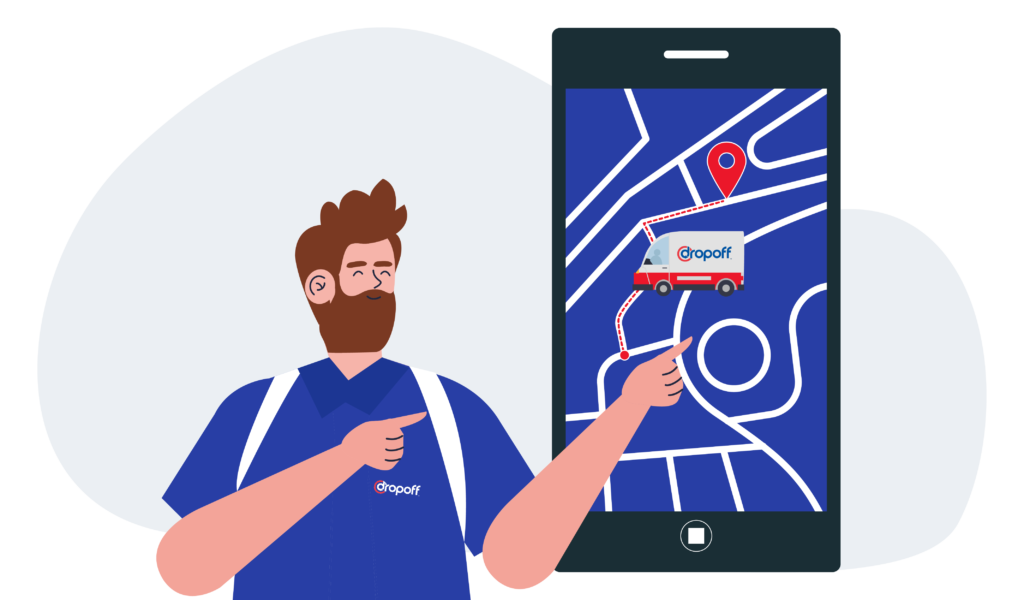
The typical workflow of supply chain management is split into three parts:
- Product: The product flow includes data related to production, storage, delivery, and quality.
- Information: The flow of information includes all the sales and purchase orders and delivery statuses.
- Finance: The finance flow handles all the financial data related to purchases, invoices, and inventory management.
The Flow
It all starts with data.
To have supply chain visibility analytics, the first step is to collect data.
This could include telematics from trucks and trailers, temperature and location readings, port & terminal status updates, and more.
Once you have the data, it’s time to figure out what it means. Use the estimated time of arrival (ETA), rates of congestion and delay, and real-time temperature alerts to make changes. Over time, you’ll find that having access to more information changes your decision-making process.
4 Steps to Improve Supply Chain Visibility in Your Business

Here are four simple steps to improve supply chain visibility in your business.
1. Invest in the Right Supply Chain Visibility Technology
Too often, people think of visibility as just being able to see everything happening. But it is so much more than that. It’s about making sure that everyone in the supply chain can find out where everything is and what to do when things go wrong.
That’s where advanced technology comes in. With the right system, you’ll get advanced insights that will help solve any efficiency issues.
2. Create a Proactive Visibility Team
If you’re looking to improve your company’s visibility in supply chain management, we always give one key piece of advice: make sure you have the perfect team to work on it. Having someone whose job is to focus on visibility means that they’re always available to take care of things.
Of course, using a visibility provider with a great customer success team helps, too – they make sure everything is performing well and you get to see a positive return on your investment.
3. Workflow Is Key
To make informed decisions quickly, you need a strong workflow. Start by having a great team in place as mentioned before. Your employees need to wear many hats and be multi-talented. By focusing on systems & processes, you and your team will be able to make decisions with confidence.
4. Automate everything
Imagine never having to track down a late shipment manually again! Or worrying about missing an important deadline because you couldn’t find the right information in time. Once you have basic visibility into key metrics throughout your supply chain, you can automate the processes you once had to do manually.
If you know where everything is and when items are likely to come in, you can set up a process to notify you whenever something is en route.
In other words, automating your supply chain visibility gives you peace of mind — so you can just focus on running your business.
To keep your supply chain humming, here are the top logistics KPIs you should measure.
The Laws Behind Supply Chain Visibility
New laws are holding companies accountable for what happens in their supply chains.
The new Uyghur Forced Labor Prevention Law requires American companies to prove that the goods imported from China, including things made in the Xinjiang region, were not made with forced labor. In Europe, companies must check their supply chains for human rights and environmental problems.
It’s only a matter of time until more laws come out that require companies to fix any negative impacts on the environment, social issues, and good governance in their supply chains.
What a Highly Visible Supply Chain Looks Like
For starters, a highly visible supply chain improves customer relationships.
It pulls data from its internal operations and suppliers’ systems so businesses can keep tabs on everything. In the case of issues, companies are made aware immediately, so they have enough time to find a solution.
A company with a high level of visibility can also track the movement of raw materials from their source to the supplier. They’re able to follow the movement of these materials as they turn into finished products at their manufacturing plant.
Once a customer buys these products, they can track their purchase up until it’s delivered.
If a customer returns something, the company will use reverse supply chain visibility to track the item. They will document it when it reaches the fulfillment center.
Overall, in a highly visible supply chain, everyone will have access to the most up-to-date data.
2 Examples of Supply Chain Visibility Solutions
Here, we’re highlighting two businesses that have seen great results from optimizing their logistics through supply chain visibility.
1. C&S Wholesale Grocers
When it comes to groceries, most people want to walk into a store and find what they need without any hassle. But behind the scenes, a lot of work goes into making sure that shelves have the right items at all times.
C&S Wholesale Grocers is one of the United States’ leading grocery stores, and they recently rolled out visibility tools to create a digital twin for their supply chain. They wanted to monitor performance and change their logistics practices from anywhere in the world.
So they used FourKites to track supply chain performance. They were able to reduce transportation-related customer service calls by 65%.
2. 3M
3M increased its operations drastically in January 2020 to meet the high demand for N95 masks. So they had to simplify their processes – fast. They started by adding all of their loads into FourKites. They controlled the delivery of millions of masks with ease.
An excellent real-time tracking tool was vital to 3M’s efforts in providing masks during the global pandemic.
While we’re on the subject of tracking, check out our guide on first-mile tracking!
The Future of Supply Chain Visibility
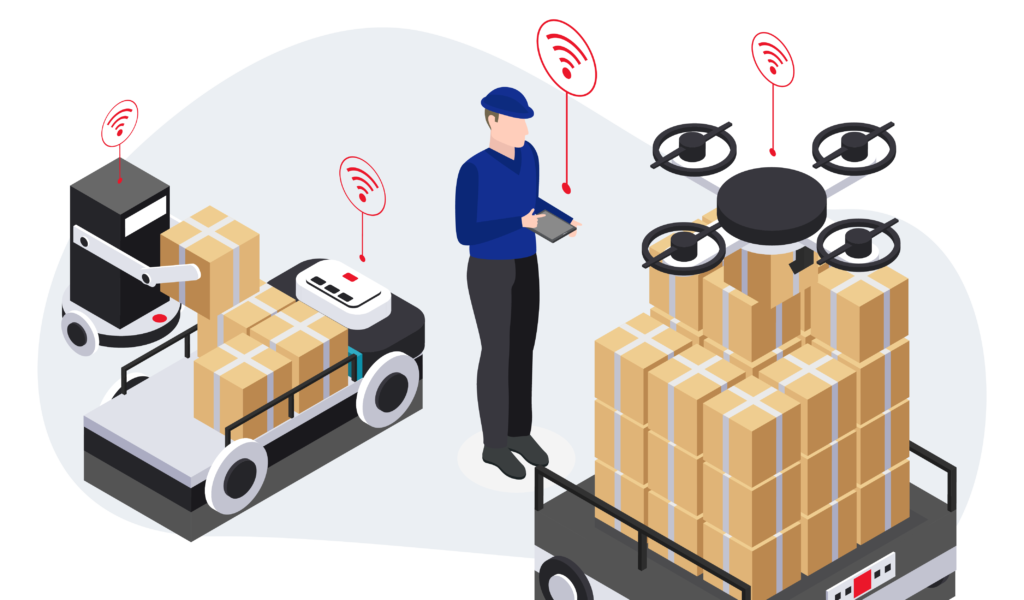
By 2026, 75% of big enterprises will have robots working inside their warehouses.
Companies must invest more in cyber-physical systems because of limited labor. So it’s expected that robots will come into the picture in a few years.
By 2026, more than 75% of commercial supply chain management application vendors will include embedded advanced analytics (AA), artificial intelligence (AI), and data science.
Using AI is a high priority for supply chain managers. Vendors have also noticed the power of AI and are reacting as expected.
How Dropoff Can Help Give You Visibility into the Last Mile
At Dropoff, we understand how important it is for businesses to know where their packages are. That’s why our platform provides real-time tracking. We offer a range of features to help you manage your deliveries, including the ability to schedule deliveries, track driver routes, and receive custom notifications when packages are delivered.
Our team is available 24/7 to answer any questions you may have about your delivery. With Dropoff, rest assured that your package will be delivered on time and without hassle.
Talk with a Dropoff expert today.
FAQs on Supply Chain Visibility
1. How to increase supply chain visibility?
Four steps to increase supply chain visibility:
- Invest in the right technology
- Create a proactive visibility team
- Focus most on workflow
- Automate Everything
2. What is a visible supply chain?
It is tracking parts, components, and products, as they move from the manufacturer to the final destination. The goal is to make data available to everyone, including customers.
3. Why is supply chain visibility important?
Understanding how a supply chain works helps improve operations, customer satisfaction, compliance, and company growth.
4. What is supply chain visibility software?
It is a technology that improves supply chain logistics by tracking deliveries in real time and combining that information with analytics.


